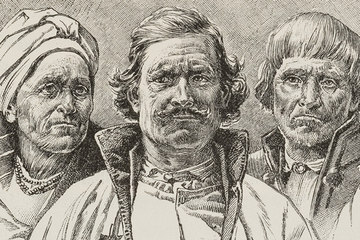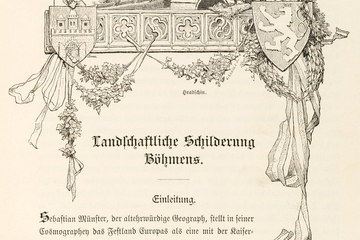“Viribus unitis” or prison of nations?
The multi-ethnic Austria-Hungary formed a relatively stable environment for the co-existence of the many ethnic communities. The much-vaunted “unity in diversity” was in fact overshadowed by numerous inequalities. This was illustrated above all in the differing weight of the various language groups involved in political and economic rule. These inequalities were increasingly challenged by the disadvantaged nationalities. As a result, the nationality issue dominated political affairs, leading to destabilisation of the Monarchy.
As a multi-ethnic empire with a colourful mosaic of historical crown lands, the Habsburg Monarchy was seen by many in an era of nationalism as a relic of the dynastic history of the Habsburgs in its death throes. When the foundations were laid towards the end of the war for the restructuring of Europe, the aim of the political elites of the individual nations in Central Europe was to form their own nation states.













